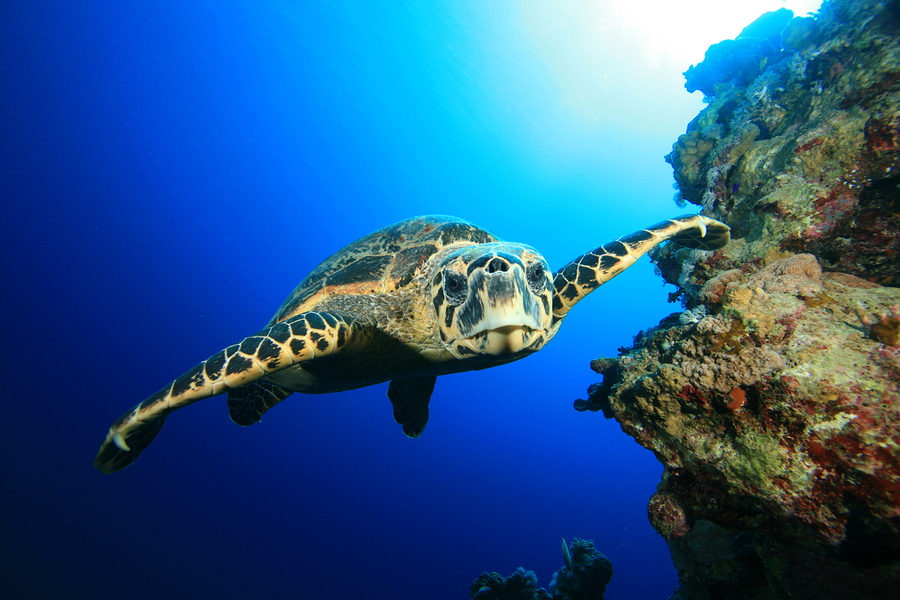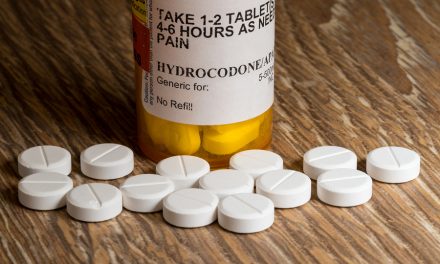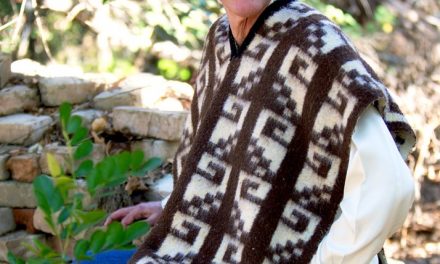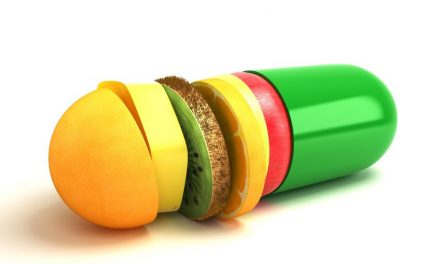Technology tends to make doing our jobs easier. In the world of research, drones allow researchers to keep track of endangered species. Footage captured by a drone provided researchers at Raine Island a mind-boggling sight of 64,000 sea turtles on Australia’s Great Barrier Reef.
Green Sea Turtles Rookery
The Great Barrier Reef is the largest green turtle rookery on this great planet of ours. A rookery refers to the nesting location for a large group of sea turtles. The stunning video captured in December 2019, shows the massive gathering of turtles swimming and bobbing in the ocean.
The sea turtles were making their way to shore to lay their eggs. According to Dr. Andrew Dunstan, Department of Environment and Science, the drone has answered the challenge researchers face with accurate counts.
“Previous population survey methods involved painting a white stripe down the green turtles’ shell when they were nesting on the beach,” says Dr. Dunstan. “From a small boat, we then counted painted and non-painted turtles, but eyes are attracted much more to a turtle with a bright white stripe than an unpainted turtle, resulting in biased counts and reduced accuracy.”
RELATED STORY:
Reduced Risk Counting Sea Turtles
Differentiating between painted and unpainted turtles is difficult and risky. Traditionally researchers count sea turtles from a small boat. Combine this awkward positioning with the rough waters in the area and it becomes impossible to get an accurate number. It also puts researchers out on the waters at risk.
“Using a drone is easier, safer, much more accurate, and the data can be immediately and permanently stored,” says Dr. Dunstan.
Sea Turtles Miscount
Richard Fitzpatrick, a research partner from the Biopixel Oceans Foundation, said with access to the drone footage, they discovered they had greatly underestimated the number of sea turtles. These miscalculations in the past were to a factor of 1.73.
“By using drones we have adjusted historical data,” says Fitzpatrick. “What previously took a number of researchers a long time can now be by one drone operator in under an hour.”
See Turtles Count Accuracy
According to Anna Marsdan, Managing Director of the Great Barrier Reef Foundation, the new research helps restore the critical habitat of the island. “We’re seeing the world’s largest aggregation of green turtles captured in these extraordinary drone images that are helping to document the largest turtle numbers seen since we began the Raine Island Recovery Project,” she says.
Marsden points out that the ability to combine technology and science makes their work more effective. Accuracy is important when dealing with counts for endangered species like the green turtles.
RELATED STORY:
Sea Turtles’ Nesting Beaches
“We’re taking action to improve and rebuild the island’s nesting beaches and building fences to prevent turtle deaths, all working to strengthen the island’s resilience and ensure the survival of our northern green turtles and many other species,” she explains.
As for the future role of technology, artificial intelligence could make things even easier by providing automated counts from the footage. This will allow researchers to focus on other aspects of their study.
Article originally published at Healthy Holisitc Living.












